It doesn’t take long, and it doesn’t need to be intense. Just ten minutes on your feet after a meal might be enough to change how your body responds to sugar. New insights suggest a quick stroll could be your most underrated health tool.
A Walk Right After Eating Works Wonders

Instead of collapsing on the couch, getting up and moving for just ten minutes immediately after a meal can sharply reduce blood sugar spikes.
The Timing Is Everything

Taking that short walk immediately—not 30 minutes later—makes a big difference. It targets the exact moment your blood sugar begins to rise.
Short Walk, Big Impact

The reduction in peak blood glucose was nearly twice as strong with the 10-minute walk compared to the longer one taken later. Less time, more benefit.
Also read: Colon Cancer Cases Are Rising – Here Are the Warning Signs You Must Not Ignore
Your Pace Doesn’t Have to Be Fast

Participants walked at a relaxed, natural pace—about 2.4 mph. It’s the act of moving that matters, not breaking a sweat.
It Feels Easier Than You Think

Compared to the 30-minute walk, the quick stroll was rated as significantly easier. Less effort, but surprisingly more effect.
It’s Gentle on Digestion
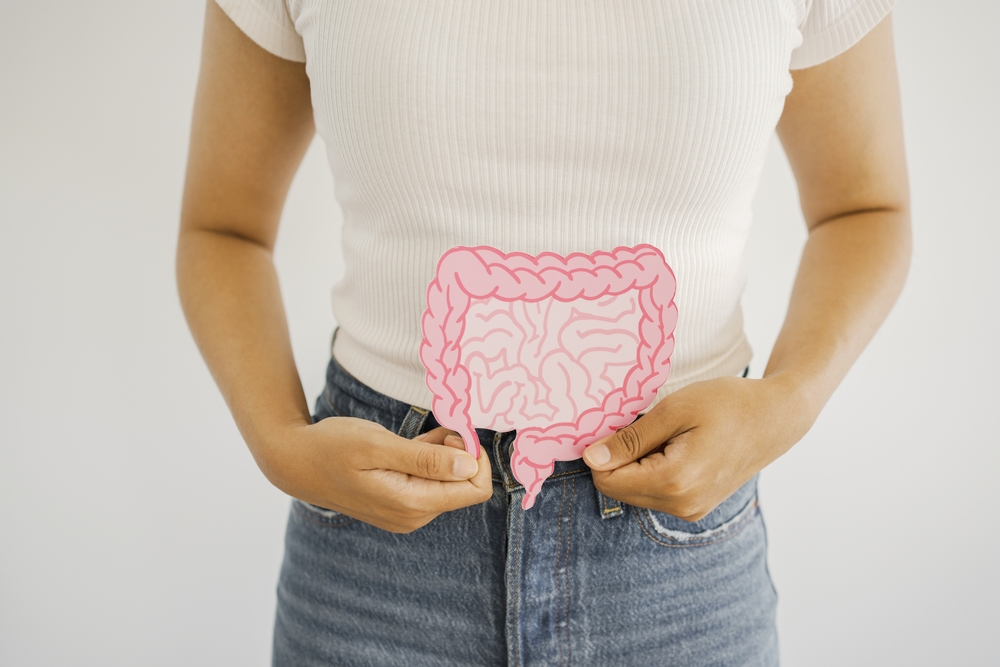
Neither the short nor the long walk caused much discomfort. So yes, you can walk right after eating without upsetting your stomach.
Blood Sugar Peaks Are the Silent Problem

Those sharp post-meal spikes are linked to heart disease, inflammation, and even cognitive decline. Controlling them matters—even if you’re healthy.
Also read: 10 Signs of Depression in Older Adults You Should Never Ignore
A Simple Strategy for Busy Lives
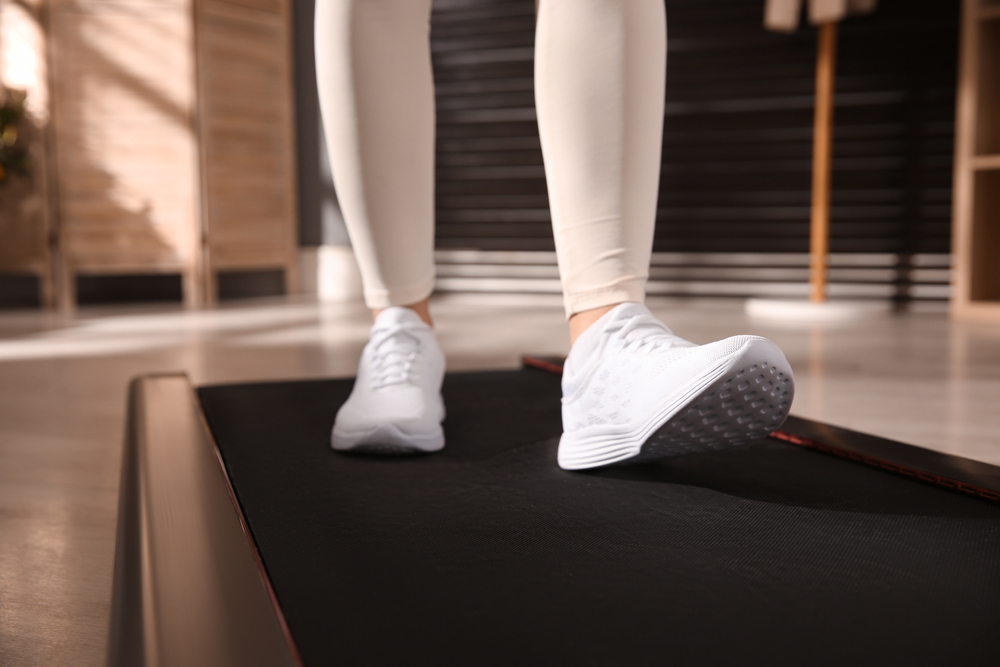
Not everyone has time for structured workouts. But ten minutes after lunch or dinner? That’s doable—even in your work clothes.
Great for Those With Limitations
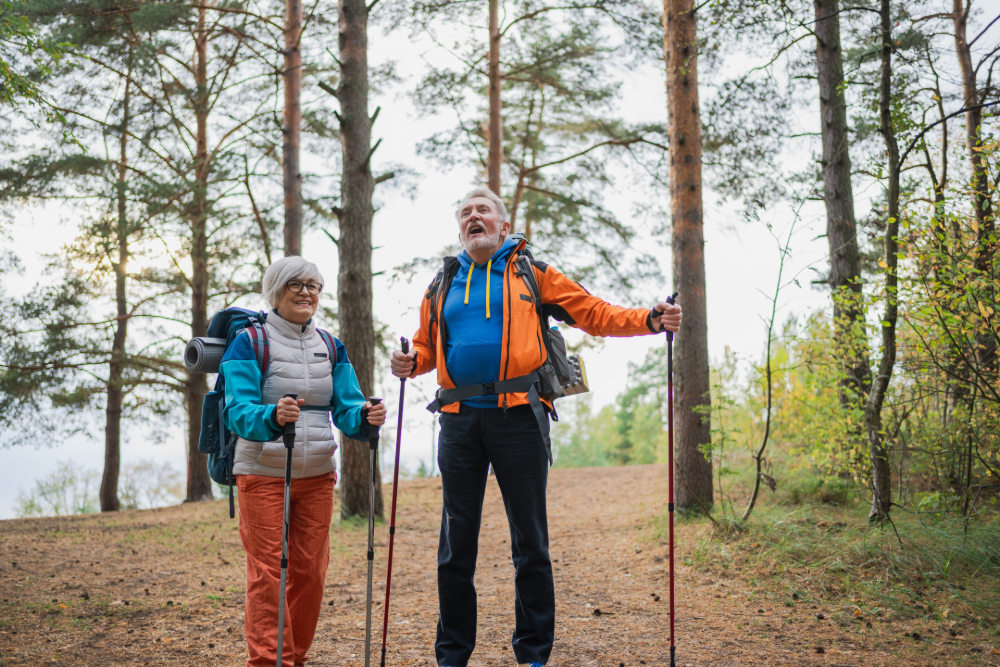
Whether you’re pregnant, injured, or just not into gyms, this approach offers a low-barrier entry to better health.
It Could Help More Than Just the Young
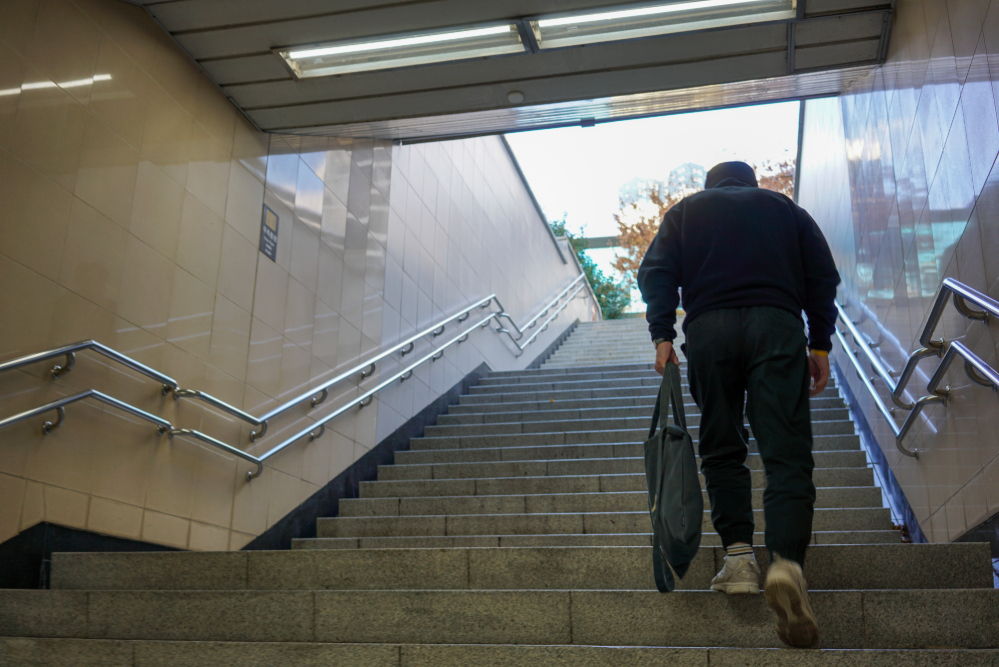
Though this study used healthy young adults, other research hints the same effect might apply to older people or those with insulin resistance.
Think of It as “Snack-Sized” Exercise
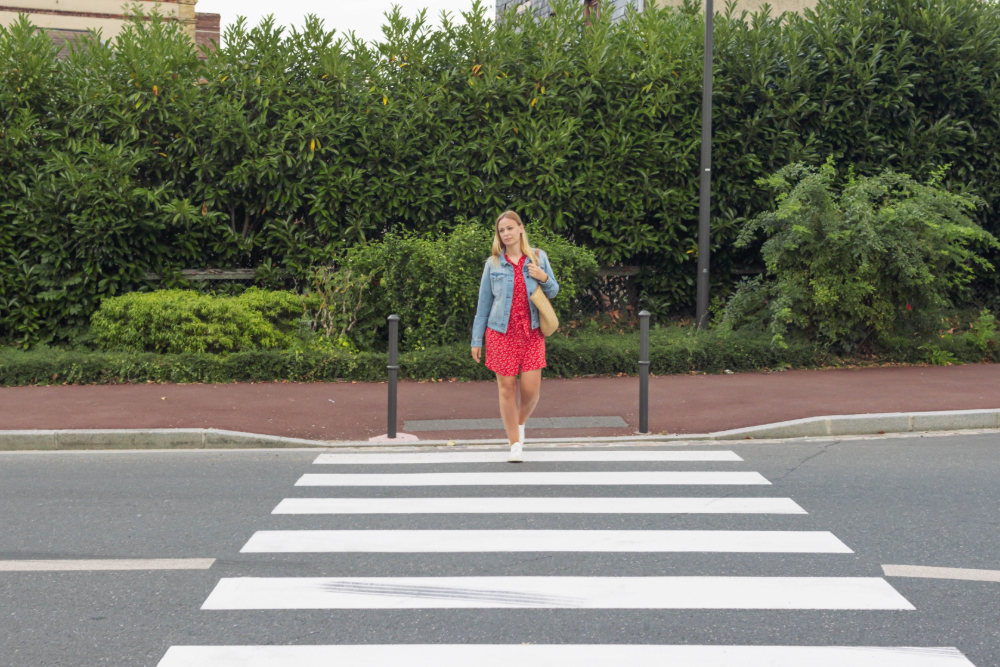
Just like mini meals keep energy steady, short bursts of movement can keep blood sugar stable too. Small steps—literally—go a long way.
Also read: Experts Confirm: This Popular Drink Can Ease Migraines
It Aligns With Public Health Goals

In Japan, the “Plus Ten” campaign encourages people to add ten extra minutes of movement to their day. This study proves just how powerful that advice is.
This article is based on information from News Medical
Also read: Doctor Reveals: This Is the Perfect Time to Go to Bed
